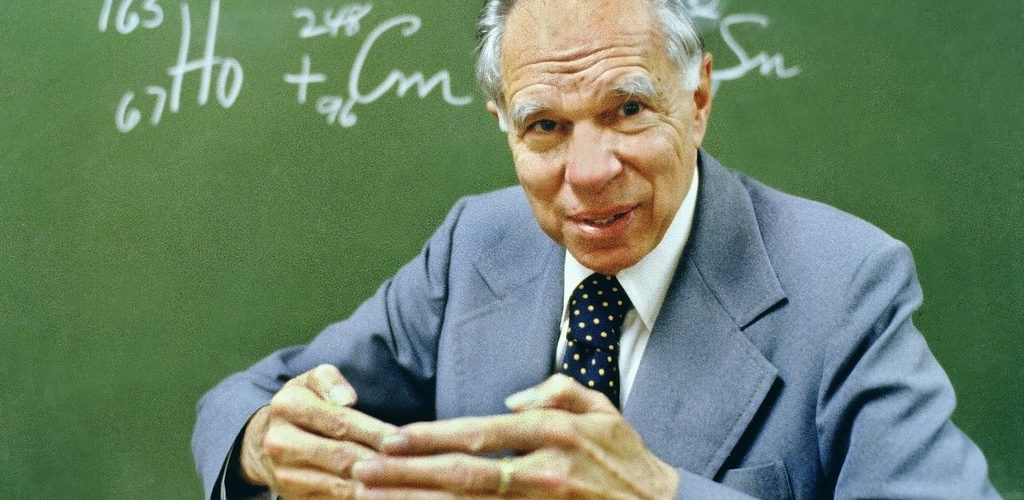The island of stability: Fact or fiction?

Nuclear Decay
The nucleus of an atom consists of positively charged protons and neutral neutrons. Radioactivity is when a nucleus decomposes, releasing protons, neutrons and larger fragments, to reach a more stable nuclear structure1.
Beyond bismuth (which has 83 protons), there are no stable elements2. Elements with more protons are all radioactive, generally becoming more unstable as this number increases. As such, they decay faster and faster as they get heavier, quantified as the time taken for half the atoms to disintegrate, or the half-life. Following this trend, while early elements are stable for years and longer, the frontiers of the periodic table with elements 116, 117 and 118 all have very short half-lives (thousandth of a second), limiting their potential application3.
However, there is a theory that if a super-heavy element reaches a high enough number of protons and neutrons that it will exhibit a much longer half-life, perhaps allowing them to be isolated and further investigated. This theory is known as the ‘island of stability’ and arose from the nuclear shell model4,5.
Nuclear shell model
Protons and neutrons can be stacked on energy levels (so called ‘shells’). Each shell has a ‘magic number’ of protons and neutrons that corresponds to a filled shell of protons and neutrons which provides stability6
2, 8, 20, 28, 50, 82, 126 (magic numbers forming stable shells)7
Every time you move to a new shell, its ‘magic number’ increases, meaning more protons and neutrons are needed for stability. Indeed, it has been calculated that 184 neutrons corresponds to a filled shell, imparting greater stability on super-heavy elements8.
Investigating the island of stability
We are now synthesising super-heavy elements approaching filled nuclear shells, and when this happens we should – according to the Island of Stability theory – obtain stable super-heavy elements, with longer half-lives9.
The island of stability offers a window into a world of chemical compounds that have never existed in this world. Recently, scientists created a compound with element seaborgium 265Sg (159 neutrons), by reacting individual 265Sg atoms with carbon monoxide (CO) to form Sg(CO)610. While this was a great achievement, the seaborgium atoms decayed almost immediately – limiting potential study and applications. Although the synthesis of 290Sg (with magic 184 neutrons) is yet to be achieved, it is calculated to exhibit a half-life of ~ 108 years. This lies well within the proposed island of stability, and would enable detailed study of Sg(CO)6 structure and reactivity11.
So, fact or fiction? The nuclear shell model has existed for over 70 years and yet the existence of long-lived super-heavy elements in an ‘island of stability’ has not yet been definitively demonstrated. However, it may not be the theory at fault, rather a lack of better methods to synthesise super-heavy elements.
Only once scientists discover new ways of creating super-heavy elements can we touch the proposed shores of the island of stability and determine its existence. The ramifications of the island’s existence are huge but, for now, it simply remains an uncomfortable aspect of science – a mystery.
Edited by Frankie Macpherson
References
- https://chem.libretexts.org/Bookshelves/General_Chemistry/Map%3A_Chemistry_(Zumdahl_and_Decoste)/20%3A_The_Nucleus_A_Chemists_View/20.1%3A_Nuclear_Stability_and_Radioactive_Decay
- https://physicsworld.com/a/bismuth-breaks-half-life-record-for-alpha-decay/
- Y. T. Oganessian and V. K. Utyonkov, Reports Prog. Phys., 2015, 78, 1–22.
- V. E. Viola and G. T. Seaborg, J. Inorg. Nucl. Chem., 1966, 28, 741–761.
- W. D. Myers and W. J. Swiatecki, Nucl. Phys., 1966, 81, 1–60.
- Physics Today 68, 8, 32 (2015)
- https://www.sjsu.edu/faculty/watkins/magicnumbers2.htm
- Physics Today 68, 8, 32 (2015)
- Y. T. Oganessian and V. K. Utyonkov, Reports Prog. Phys., 2015, 78, 1–22.
- Science 345 (6203), 1491-1493, accessed online at: https://science.sciencemag.org/content/345/6203/1491.abstract
- Beene, James R, Hamilton, J. H., Ramayya, A. V., & Carter, H. K. (Nov 2007). Proceedings of the Fourth International Conference Fission and Properties of Neutron-Rich Nuclei










